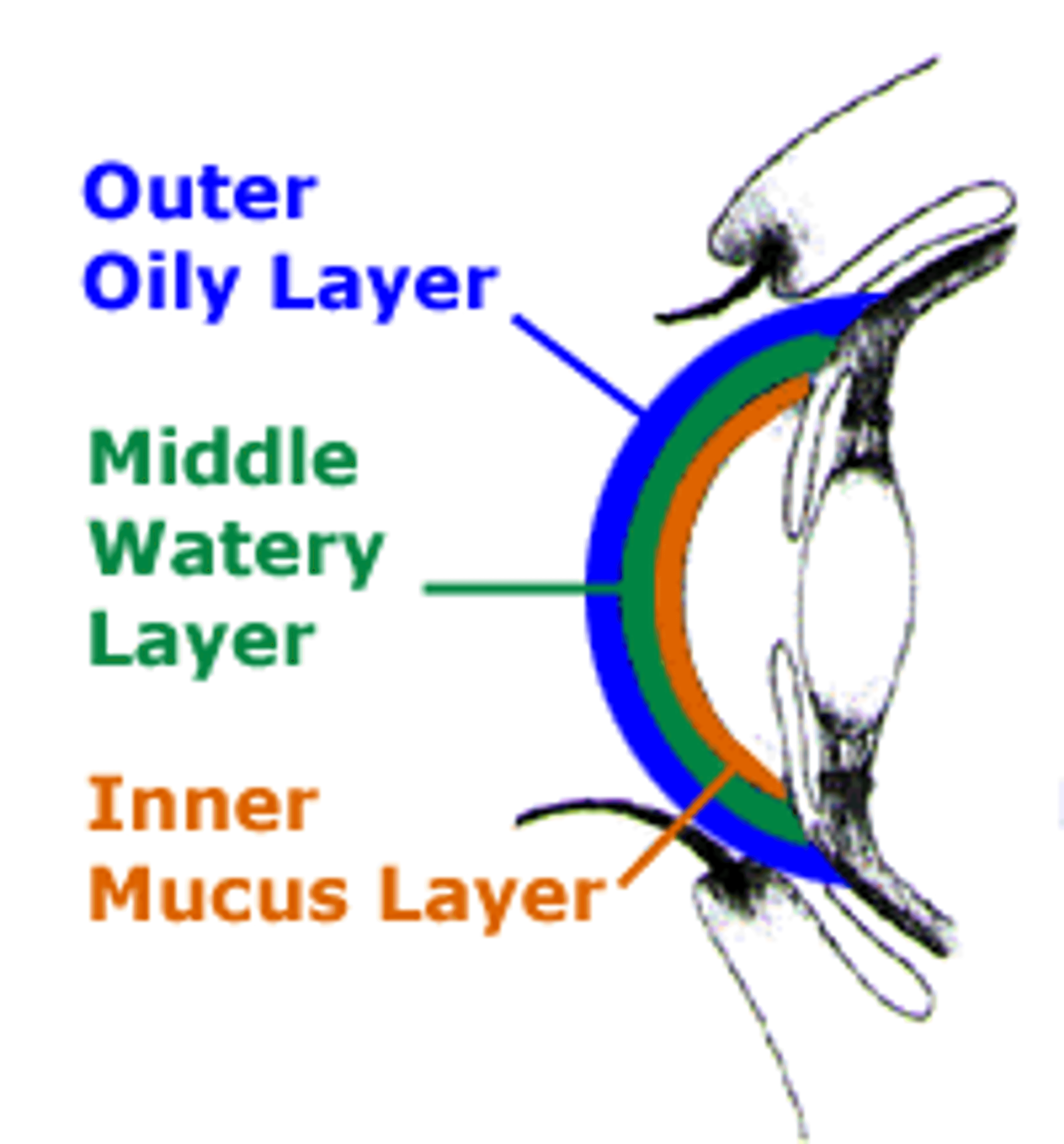Red Eyes? How a Dry Eye Diagnosis Helped Me See Clearly

BeckieThompson
| 4 min read

All my life, I’ve dealt with red eyes.
Sometimes they are redder than others and sometimes they’re uncomfortable, although not always.
My eyes’ ever-changing hue has invited lots of “helpful” comments over the years.
“Are you sick, your eyes are REALLY red?”
“You look so tired.”
And my favorite comment, heard most often in my younger years …
“Are you high? Your eyes are SO red.”
Ugh. I could never really pinpoint why they were red because it would happen at all times of day, all times of year, and in any type of weather. I was embarrassed that they were always red and would use artificial tears multiple times a day to alleviate my symptoms.
I found myself developing “pupil envy” of anyone with clear, white eyes. I never thought to ask about it because I had perfect eyesight and wasn’t seeing an eye doctor. I figured it was one of those annoying things I’d just have to deal with.
Shortly after turning 40, I started to have trouble seeing things close-up, so I visited an optometrist for glasses. While I was there, I figured I would just ask about this red eye thing. After a couple of questions, he said it sounded like Keratoconjunctivitis sicca, commonly known as chronic dry eye.
I was so relieved to finally learn that I had an actual condition and that treatment was available. I could have kicked myself for not looking into it before.
So what is Dry Eye?

Credit: American Optometric Association
According to the American Optometric Association, people with dry eye either don’t produce enough tears or enough quality tears to lubricate and nourish the eye. Tears are necessary for maintaining the health of the eye surface and for providing clear vision.
- Not enough tears: Decreased tear production is caused by inflammation in the tear glands. Without enough tears, the film protecting the eye can break down, creating dry spots on the surface of the eye. This inflammation is only visible through an eye doctor’s screening.
- Poor quality tears: Tears are made up of three layers: oil, water and mucus. Each component protects and nourishes the surface of the eye. A smooth oil layer helps prevent evaporation of the water layer, while the mucus layer spreads the tears evenly over the surface of the eye. If the tears evaporate too quickly or don’t spread over the cornea due to deficiencies with any of the three tear layers, dry eye symptoms can develop.
What are the symptoms?
For me, its frequent redness, excess watering and occasionally my eyes feel tired when they shouldn’t. Common symptoms also include irritated, scratchy or burning eyes; a feeling of something in the eye; excess watering; and blurred vision.
Are treatments available?
Yes! If you identify with any of these symptoms, or use artificial tears often, you should consult your eye doctor and have a full eye exam. Common treatments include adding tears, conserving tears, increasing tear production, or treating the surface inflammation. Your doctor will be able to provide a diagnosis and can advise you on the proper treatment depending on your specific symptoms.
There are also things you can do on your own to help alleviate the symptoms. These include increasing the humidity in your home, wearing sunglasses outside, taking nutritional supplements and drinking plenty of water.
These days chronic dry eye is becoming a household name thanks to celebrities lending their voices to popular campaigns such as Jennifer Aniston with Eyelove and Bellamy Young with Restasis. While I sure wish it had been a trending topic earlier, I am very grateful now to have a diagnosis and to be working on a treatment plan to improve the health of my eyes. They’re an important organ and we’ve got to take good care of them!
If you liked this post, you might also enjoy:
Photo credit: erin leigh mcconnell





